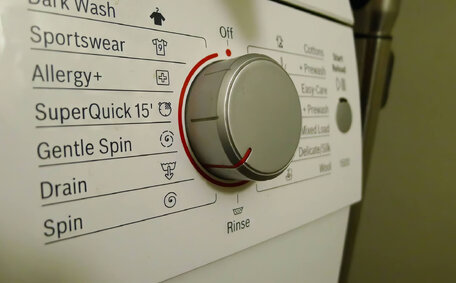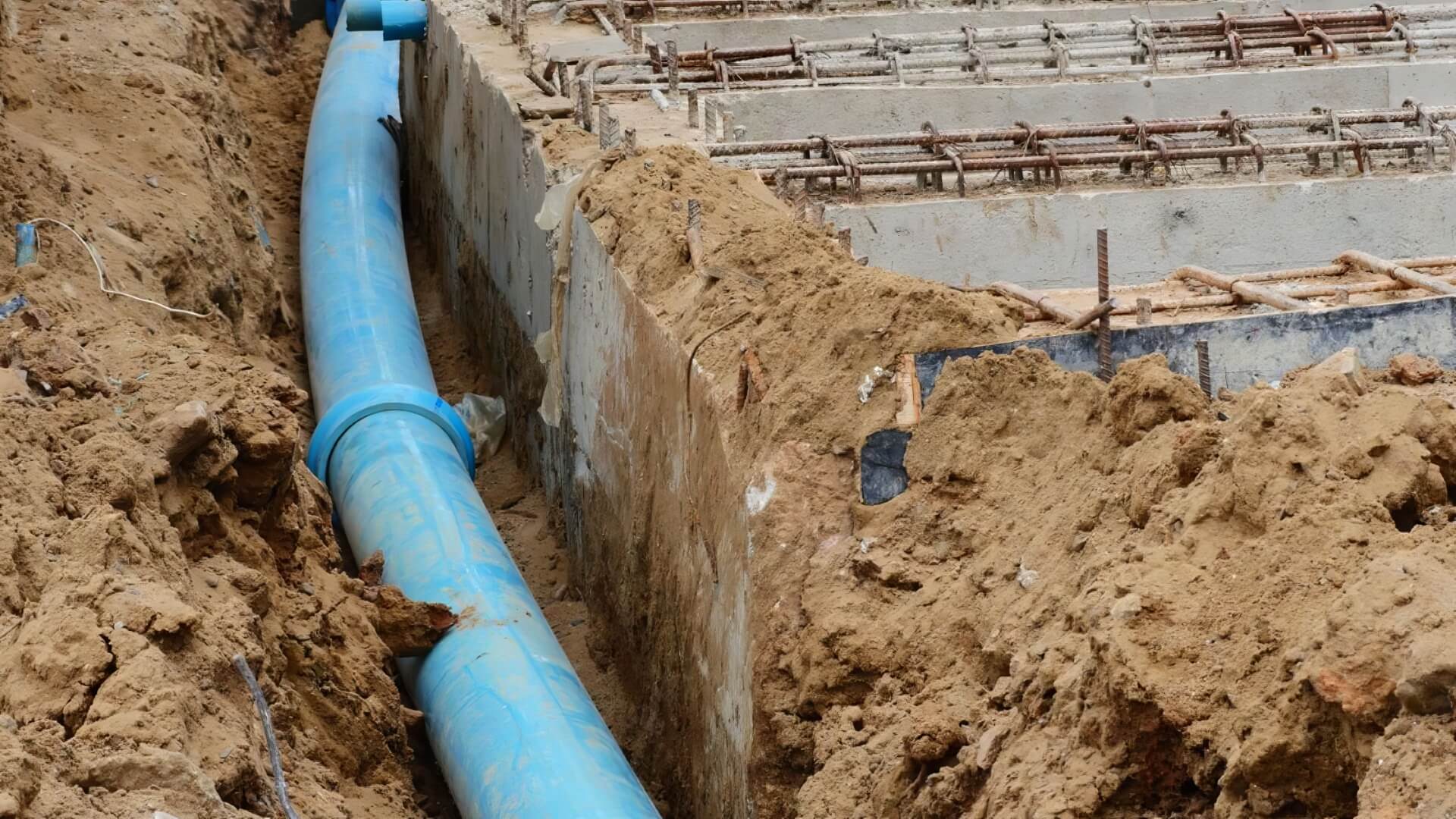How Blocked Drains Can Reduce Water Pressure
Common drain blockages that can reduce water pressure include:
- Accumulated grease, soap residue, and hair
- Tree roots growing into pipes
- Collapsed or broken drain pipes
- Buildup of mineral deposits
Blocked drains in your house may significantly decrease water pressure, especially noticeable when multiple fixtures operate simultaneously. While your taps and toilets are in use, if you’re experiencing low flow from your hot water system due to restricted supply, it can cause water to flow in a weak stream or stop completely.
Clearing clogged drains is essential to regain the water pressure indicated by your water meter readings. Plumbers can employ augers, high-pressure jets, or drain snakes to remove blockages and reestablish unimpeded water flow.
Common drain blockages that can reduce water pressure include:
\ - Accumulated grease, soap residue, and hair
\ - Tree roots growing into pipes
\ - Collapsed or broken drain pipes
\ - Buildup of mineral deposits
\
Causes of Drain Blockages That Affect Water Flow
Some prevalent reasons for blocked drains that could lead to reduced water flow and pressure include:
- Tree roots can intrude into pipes if trees are planted too near underground drainage systems.
- Grease buildup occurs when fats, oils, and grease accumulate on pipe walls, creating stubborn deposits.
- Foreign objects such as toys, utensils, and hygiene products can become lodged in pipes when inadvertently flushed.
- Sediment - down sink and water drain mineral deposits, sand, dirt, and small stones can accumulate over time.
- Collapsed pipes from age, damage or cracking can result in blockages and impede water flow.
During heavy rainfall and flooding in the St Marys area, displaced soil and debris can clog your drainage systems. This leads to blocked drains and reduced water pressure damaging your property’s plumbing fixtures.
A professional plumber can inspect and clear blockages, and potentially install a sump pump, which helps normalise water flow and pressure.
Blocked Drains Stop Water Moving Smoothly
Blocked drains cause disruptions in the normal water flow within your home, putting strain on your plumbing system and leading to multiple issues:
- Fixture drainage problems - A clogged sink, bathtub, or shower drain can affect your water supply, causing it to drain slowly or even back up.
- Pipe Blockages - Internal blockages in your home’s water pipes can impede proper wastewater drainage, leading to gurgling noises, unpleasant smells, and stagnant water accumulation in pipes.
- A clogged sewer line - Tree roots, grease, and other debris can clog your main sewer line that connects your homes to the municipal sewage. Backups in the main line can cause plumbing fixtures throughout the home to drain slowly or not at all.
As drain blockages get worse, you may experience low pressure:
- Diminished water flow at faucets and showers, resulting in decreased hot water pressure
- Toilets that are slow to refill after flushing
- Gurgling sounds can clogged drain cause in your pipes emit
- Foul sewage odours inside the home
- Pools of stagnant water in bathtubs and sinks, forming a breeding ground for bacteria
- Overflow of water from blocked plumbing fixtures
Low water pressure can cause plumbing wear and burst pipes, so it’s crucial to act immediately if you detect leaks. Early detection and removal of obstructions are essential for sustaining proper water flow.
Installing screens over drains can prevent hair and debris from causing minor clogs. For severe blockages, reach out to your local plumber to clear the obstruction and efficiently restore your water pressure.
Signs of a Blockage Limiting Your Water Pressure
There are several early signs that may indicate your water pressure is being affected by a drain blockage:
- Water flows from faucets and shower heads at a reduced rate, producing a weaker than usual stream or intermittent sputters.
- Taps and showers are slow to turn on.
- It takes longer to fill sinks, tubs, and other fixtures.
- Toilets are slow to refill after flushing.
- You hear gurgling noises coming your way from the drains.
- Sinks and tubs do not fully drain, leaving standing water.
Low water pressure, often indicating problems with your main water supply, typically manifests when using several fixtures simultaneously. The demands exceed the restricted flow capacity from clogged drains. However, severe blockages can reduce pressure to single fixtures.
Left unchecked, low water pressure can lead to bigger problems:
- Stop tap handles may need to be tightened frequently as pressure drops allow water to leak by seals.
- Appliances like dishwashers and washing machines may malfunction without adequate pressure, underscoring the importance of a functioning shutoff valve.
- Persistent pressure loss, which can cause low water flow, can permanently damage plumbing fixtures and lead to a malfunctioning pressure regulator.
Catching blockages early provides the best chance to figure out the issues, clear drains, and restore low water pressure your home deserves. Call a professional plumber if you suspect a drain issue is reducing your home’s water pressure.
Professional Drain Clearing Restores Normal Pressure
When blocked drains lower your home’s water pressure, enlisting a professional plumber is the best move to protect your entire plumbing system. At St Marys Plumbing, our licensed plumber professionals have the tools and expertise to comprehensively clear your drains and sewer lines.
We start by inspecting your plumbing to locate blockages. High-powered drain augers, water jets, or drain snakes will be used to break up and extract the obstructive material. For deep plumbing blockages in the sewer drain, we may use a sewer camera to guide the cleaning process.
Resolving a main sewer blockage can quickly return water pressure to normal by allowing the system to function optimally. Even if pressure loss was localised, opening up drainage will prevent more extensive high water pressure drops.
St Marys Plumbing also inspects for root encroachment and pipe deterioration that could limit your home’s water supply. Repairs and preventative maintenance can help stop future drainage problems.
Ignoring drain obstructions can escalate into larger problems over time. Don’t live with weak water pressure caused by clogged drains. Our professional technicians can quickly implement effective drainage solutions to get your water flowing freely again.
For prompt, efficient drain cleaning, our service professionals at St Marys Plumbing are at your service, reachable today by phone at 1300 349 338 or email us at jobs@stmarysplumbingservices.com.au. Restore your plumbing to peak performance.
Maintaining Your Drains Prevents Future Problems
It’s essential to tackle drain blockages early to maintain steady water pressure. Conduct regular drain checks to detect early signs of clogs, such as debris, grease, or sluggish drainage, every 3-6 months.
Engage a professional plumber for annual preventative drain maintenance. They can thoroughly clean your home’s drainage system and sewer lines using specialised equipment. This removes any accumulated grease, mineral deposits, or roots rather than allowing them to cause significant blockages.
Implementing simple measures such as using mesh drain covers around sinks and tubs can prevent hair and debris from clogging drains, thereby helping you avoid the inconveniences of low water pressure.
Avoid flushing anything besides toilet paper to prevent sewer backups.
When to Call a Plumber for Persistent Blocked Drains
- Recurring clogs that quickly re-form after plunging and snaking drains
- Sewage odours lingering in bathrooms or near drains
- Persistent standing water in sinks, showers, or tubs indicative of severe drainage issues
- Gurgling sounds coming from multiple drains
- Toilets and other fixtures refilling or draining slower than normal
- Any leakage, fissures, or damage surrounding drain areas
- Significant pressure loss or sputtering flow from faucets and shower heads
- Multiple fixtures experiencing drainage issues or pressure loss simultaneously
An expert evaluation can identify issues like damaged pipes, tree root infiltration, or low pressure from a collapsed sewer line. Professional drain cleaning tools can effectively address blockages unreachable with domestic tools.
St Marys Plumbing’s licenced technicians provide prompt, 24/7 emergency drain cleaning services to take care of persistent clogs. Call 1300 349 338 or email jobs@stmarysplumbingservices.com.au to schedule an appointment to diagnose and resolve your ongoing drainage issues.
Recurring clogs that quickly re-form after plunging and snaking drainsSewage odours lingering in bathrooms or near drainsPersistent standing water in sinks, showers, or tubs indicative of severe drainage issues





